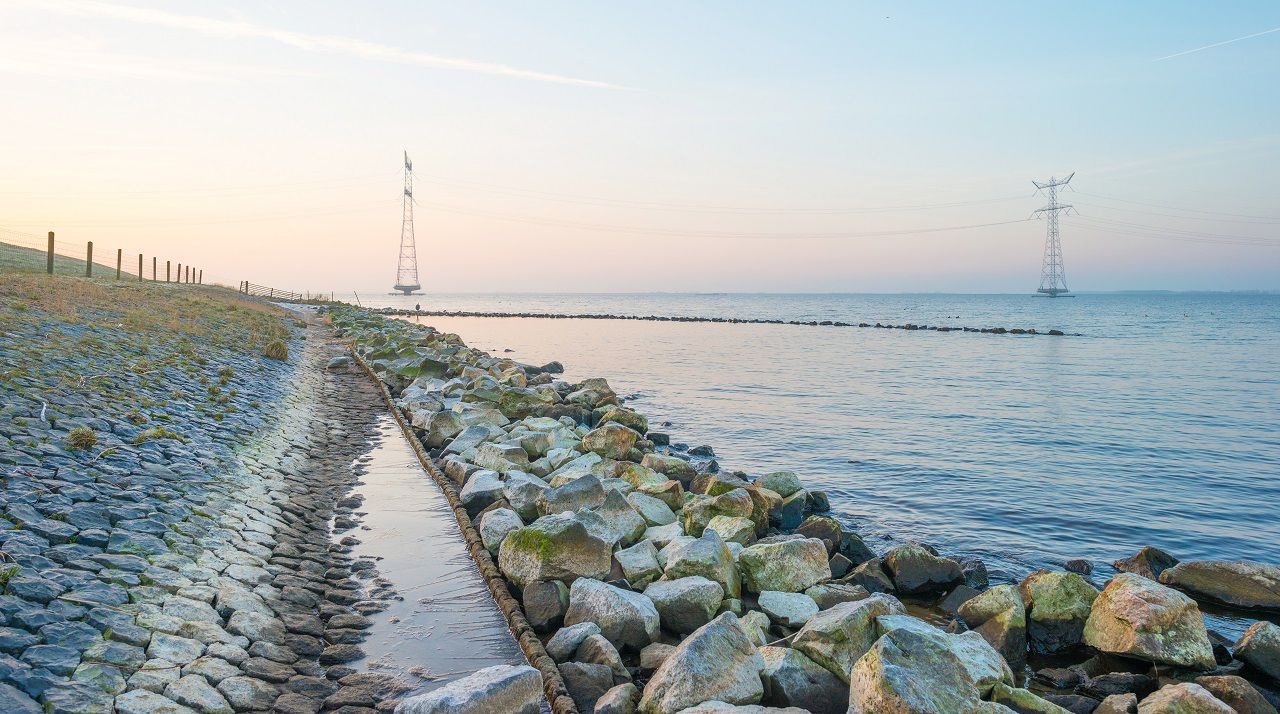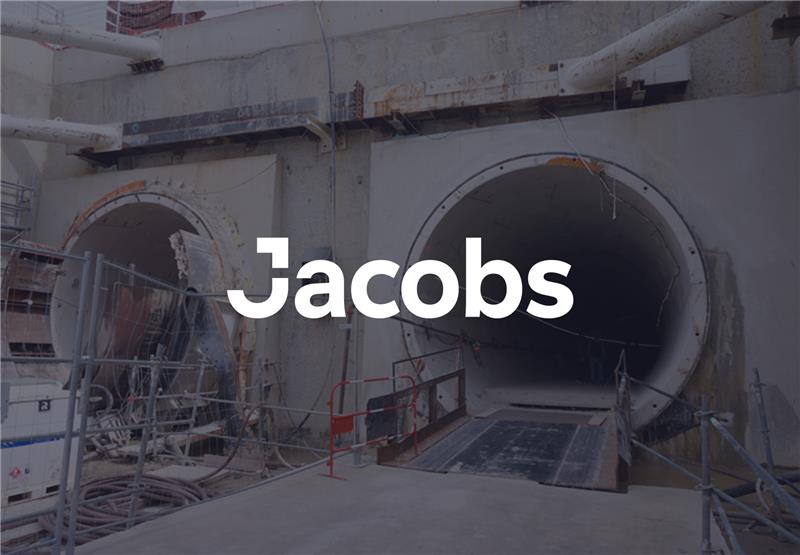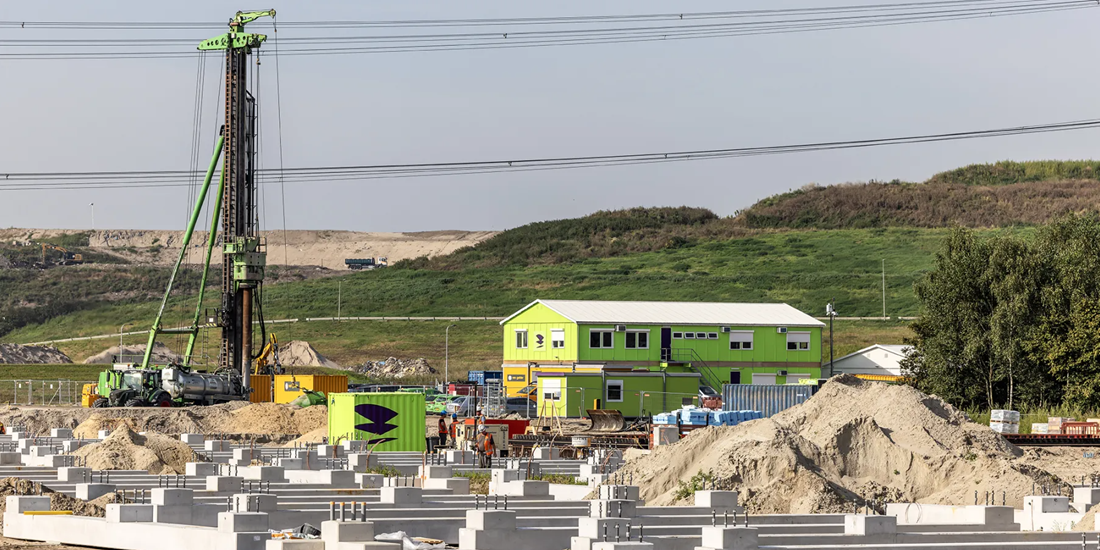
Strengthening the pumping stations
The HWBP is a joint investment program of Rijkswaterstaat and the water boards, who are in charge of flood protection infrastructure in The Netherlands. Since the start of the program in 2014, € 100m has been invested in innovations, which has already yielded at least € 180m in savings. “We expect that the new knowledge will yield a multiple of that in savings in the coming years.” Are the savings heading towards € 1 billion? “I would not dare to take on a saving of 1 billion, but it would be inspiring for society if that succeeds.” Because the risk of a dike breach according to safety standards must not be greater than once every five to ten thousand years, until 2050, at least 1,300 kilometres of sea and river dikes and 500 locks, weirs and pumping stations must be strengthened. To this end, a budget of € 7.4 billion has been agreed up to 2028, which must be jointly raised by the central government and the water boards.
Custom work for dike improvement
One of the promising innovations is using parametric design for custom dike improvement. In other words: not starting from a high water scenario with one water level with different conservative assumptions and factors, as before, but calculating many thousands of scenarios based on an extensive database and the specific characteristics of a dike section. To arrive at the most likely scenario of strength and failure for each stretch of the dike.

This customization can mean that in 80% of the cases, the dike improvement job in the Netherlands can be reduced and in 20% of the cases must be enlarged, says Willems. “Much of the dikes can be built slimmer and less high. This means that the balance tends to make the total program cheaper. “That does not mean that the budgeted amount of € 7.4 billion can be reduced. “Even when the agreements for the HWBP were made in 2013-2014, it was clear that the financial agreements were not sufficient,” says Willems. “That was a conscious choice to ensure efficiency in the HWBP utilizing innovation and knowledge development at the front. “Extra jobs are also coming up. “Rijkswaterstaat and the water boards are assessing all dikes. They do this once every twelve years, a kind of periodic MOT. They will be working on that until 2023 when dikes will emerge that need to be strengthened.


